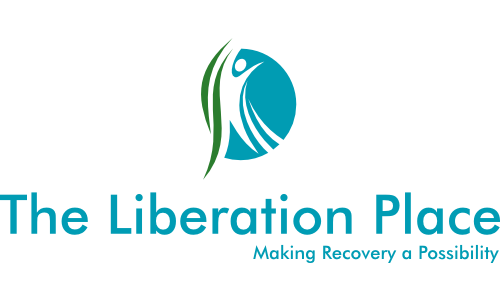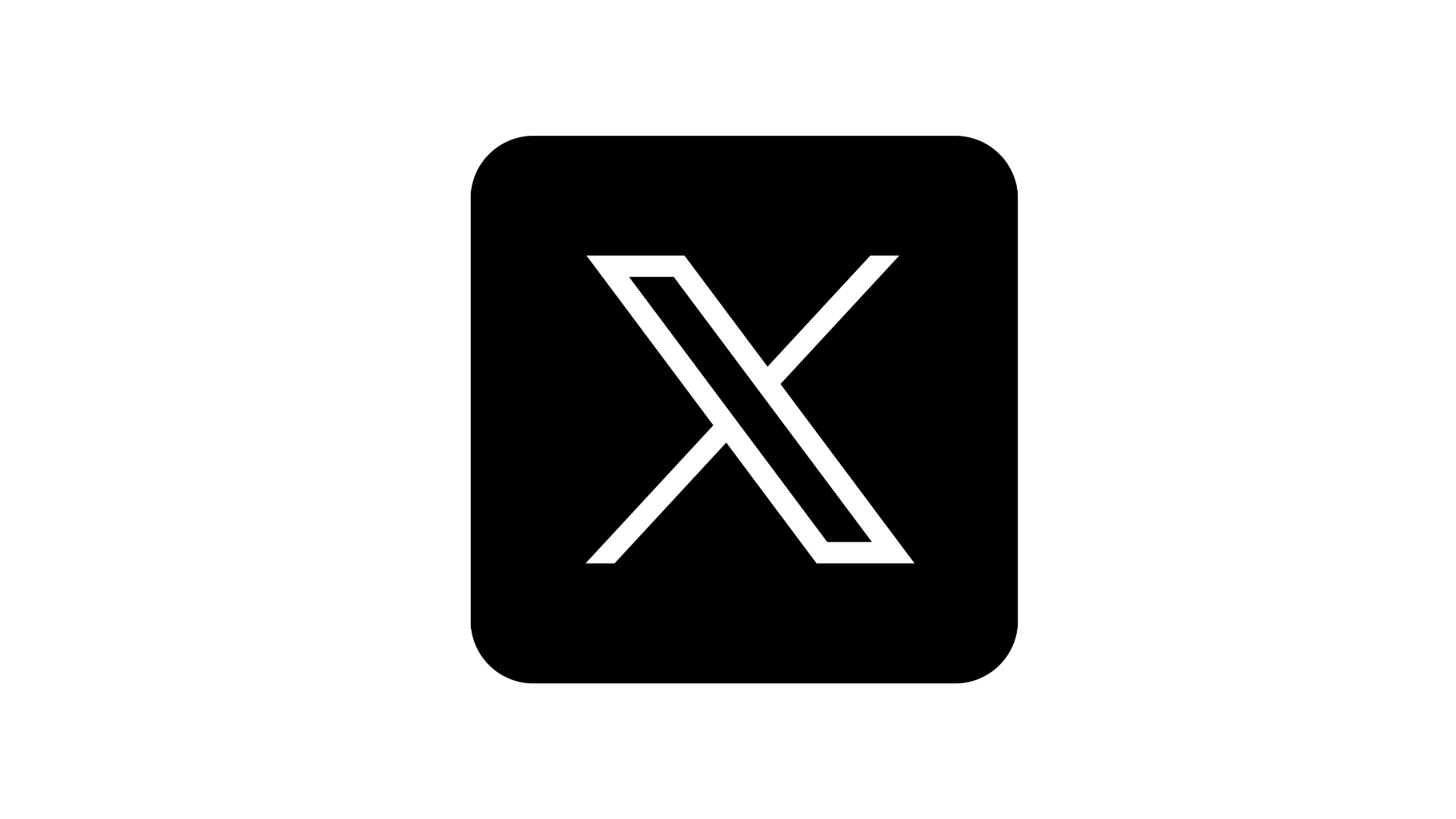The Schema of Vulnerability
When the schema of Vulnerability is activated in our system, the primary feeling we are left with is an underlying sense of fear and anxiety. Sooner or later, it is inevitable, that something bad is going to happen. This can often be most active when things are going well, noticing that “this won’t last forever,” then searching around for the bad things in our lives just to prove this theory to be right. Basically, our thoughts revolve around a rigid belief that a catastrophe is about to strike, and we sit in the general sense of anxiety and fear that when this bad thing happens, we lack the ability and the resources to deal with it. As a result, we spend our days sitting in a fear-based system, usually in some kind of hypervigilance, scrambling around, trying to prepare for the impending doom. These beliefs can cause us to both exaggerate the risk of danger in our environment and minimize our ability to cope with things.
What we personally fear depends upon the content of our own unique experiences with feeling this sense of Vulnerability, but it generally revolves around the following things. Health and wellness, where we worry obsessively about our own physical health. Physical danger, where we live in constant fear of the world being a dangerous place where catastrophe is just around the corner. Poverty, where we are always worried about money and live with the constant fear that we will go broke and end up on the street. Losing control, where we fear going “crazy,” losing our mind, having a nervous breakdown, or experiencing uncontrollable panic attacks. This particular schema revolves around the unmet childhood need for safety in the family environment, and it is strongly linked to a childhood experience of chaos and unpredictability.
“One of the reasons I used alcohol obsessively was to escape from anxiety. This constant state of fear was fueled by beliefs that catastrophe was about to strike at any moment.”
~Steven Morris RP.
The schema of vulnerability is one that’s often misunderstood and yet regularly experienced in ways that most people are not aware of. As I previously mentioned, the dominant stories associated with this particular schema leaves our system filled with fear and anxiety at the relative certainty that catastrophe is about to strike at any given moment, and a belief that we lack the skills and resources to deal with it. At certain times in my life, this was definitely true for me, as I often found myself expecting the worst possible outcome and sitting in the anxiety of hypervigilance associated with this expectation. Inside of my mind, I would connect the dots to this catastrophic ending, exaggerating the possibilities of risk and danger, while at the same time minimizing my ability to cope with the emotions that would get triggered if the situation did indeed play out the way I was expecting it too.
For many people, the fear of catastrophe revolves around 4 different categories of vulnerability, and it is often the case that we experience more than one of these categories depending on our previous life experiences. Fear of losing our health and wellbeing, the possibility of danger or falling into a state of poverty or losing control of our mind, or our situation are where our fears exist. If we believe that our health and wellbeing is a vulnerability, we may have been labeled as a hypochondriac because we’re constantly worried about the state of our health, despite the fact that doctors tell us that there is nothing seriously wrong. The vulnerability to danger leaves us exaggerating concern for our own personal safety and the safety of those we love. It has us viewing the world as being fraught with danger at every turn.
Poverty is a vulnerability that is sometimes labeled as the so called “depression mentality” named for people who were children during the great depression. People who struggle with this vulnerability are always worried about money, sometimes unrealistically afraid that they will go broke and end up on the street. While the fear of losing control revolves around the belief that we are losing our mind or “going crazy,” and it often result in the manifestation of panic attacks. Working with this schema starts with the ability to create internal safety, which is actually the hardest thing for us to do.
Download the Schema of Vulnerability Worksheet
Follow us on Social Media





